Tow trucks





IVECO IVECO DAILY 70C18 laweta Hi-Matic
64 000EUR
- ≈ 6 515 392 INR
- ≈ 73 573 USD

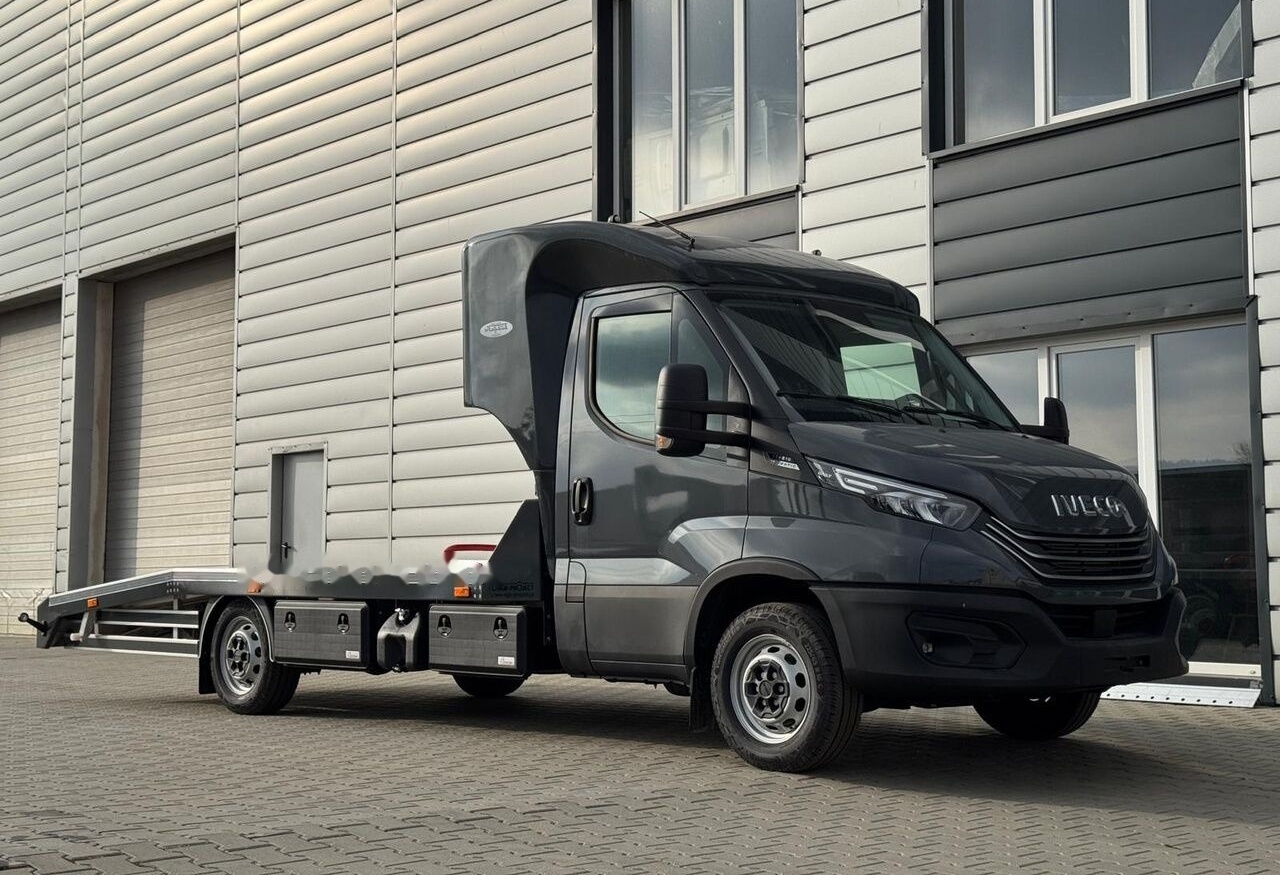
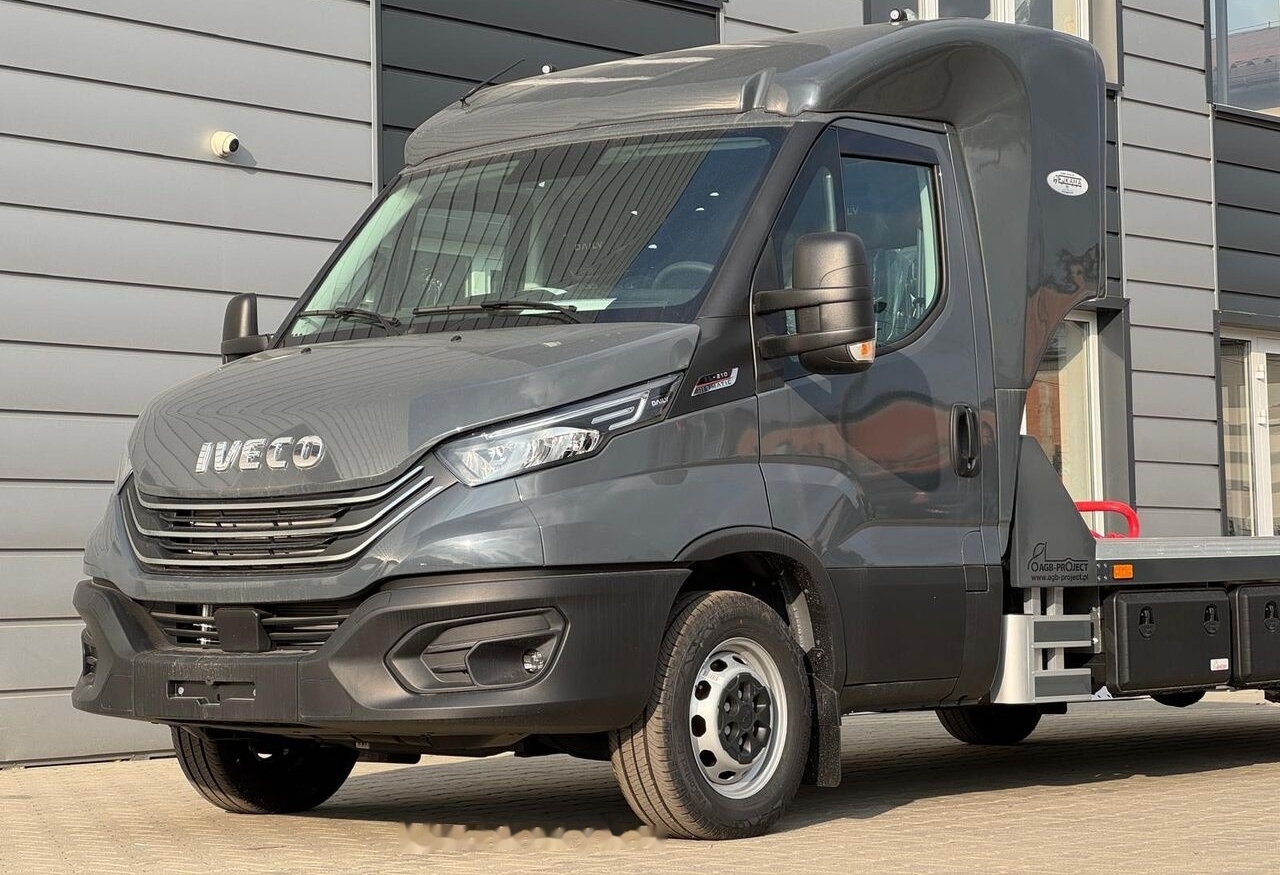
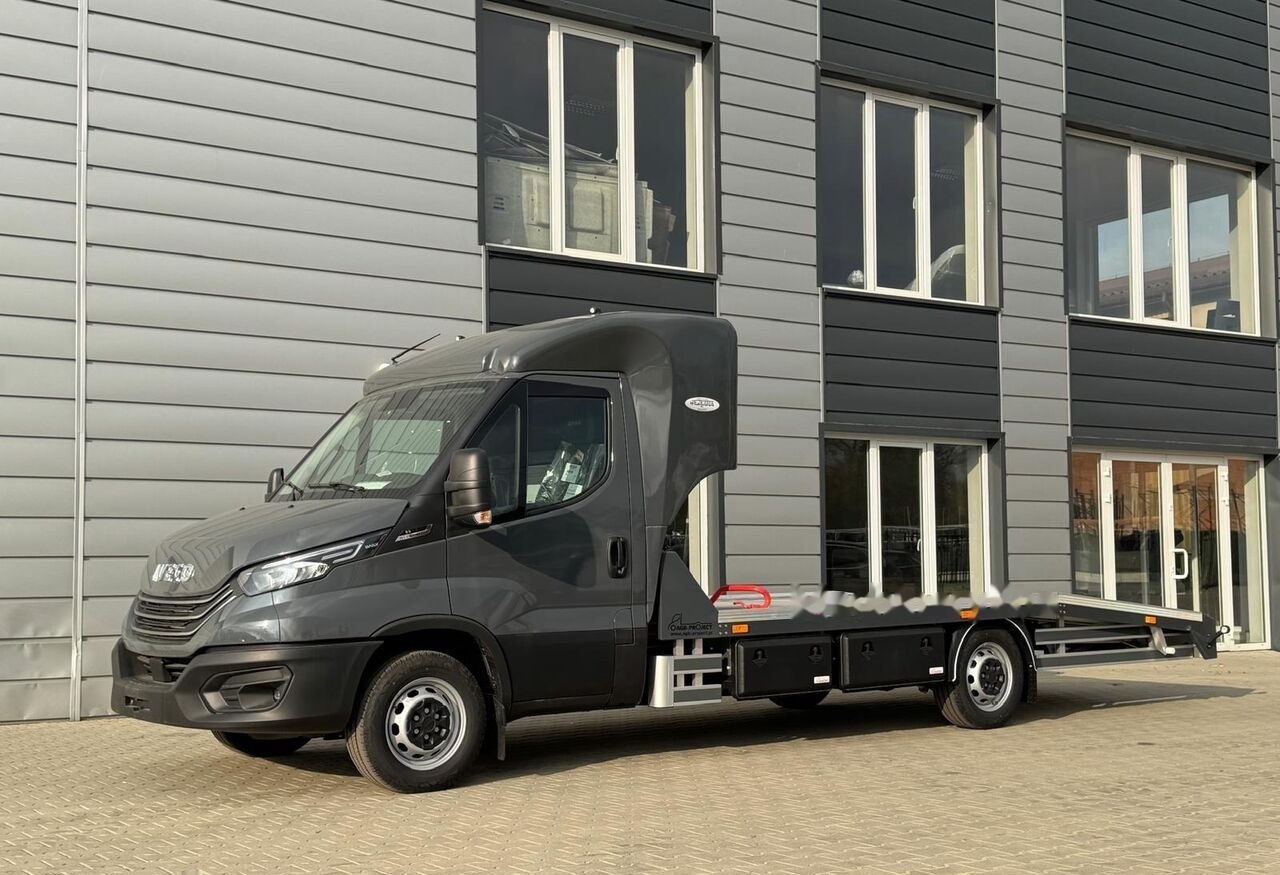
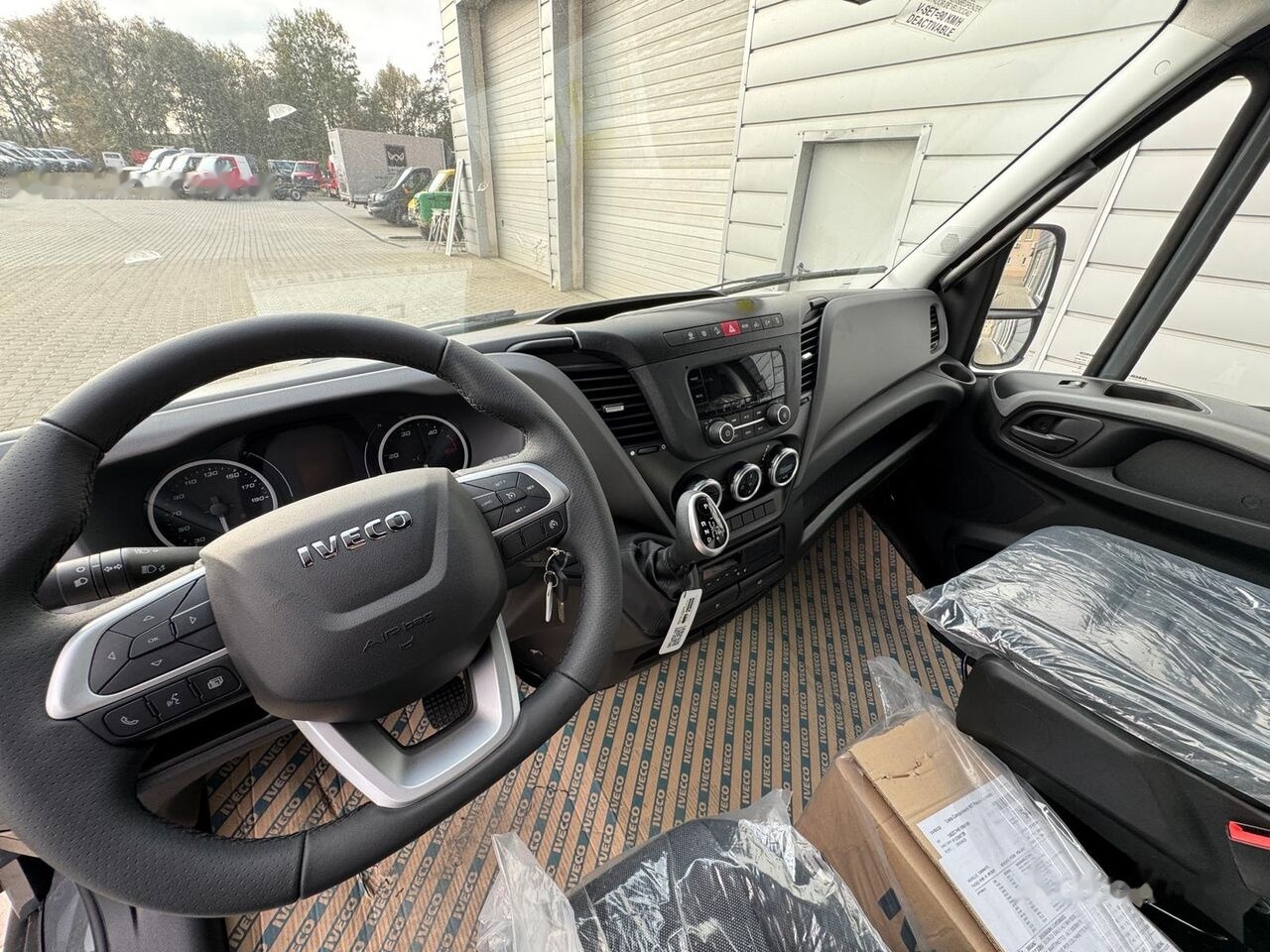
Iveco Daily 35S18HA8
53 910EUR
Price excl. VAT
- ≈ 5 488 199 INR
- ≈ 61 973 USD

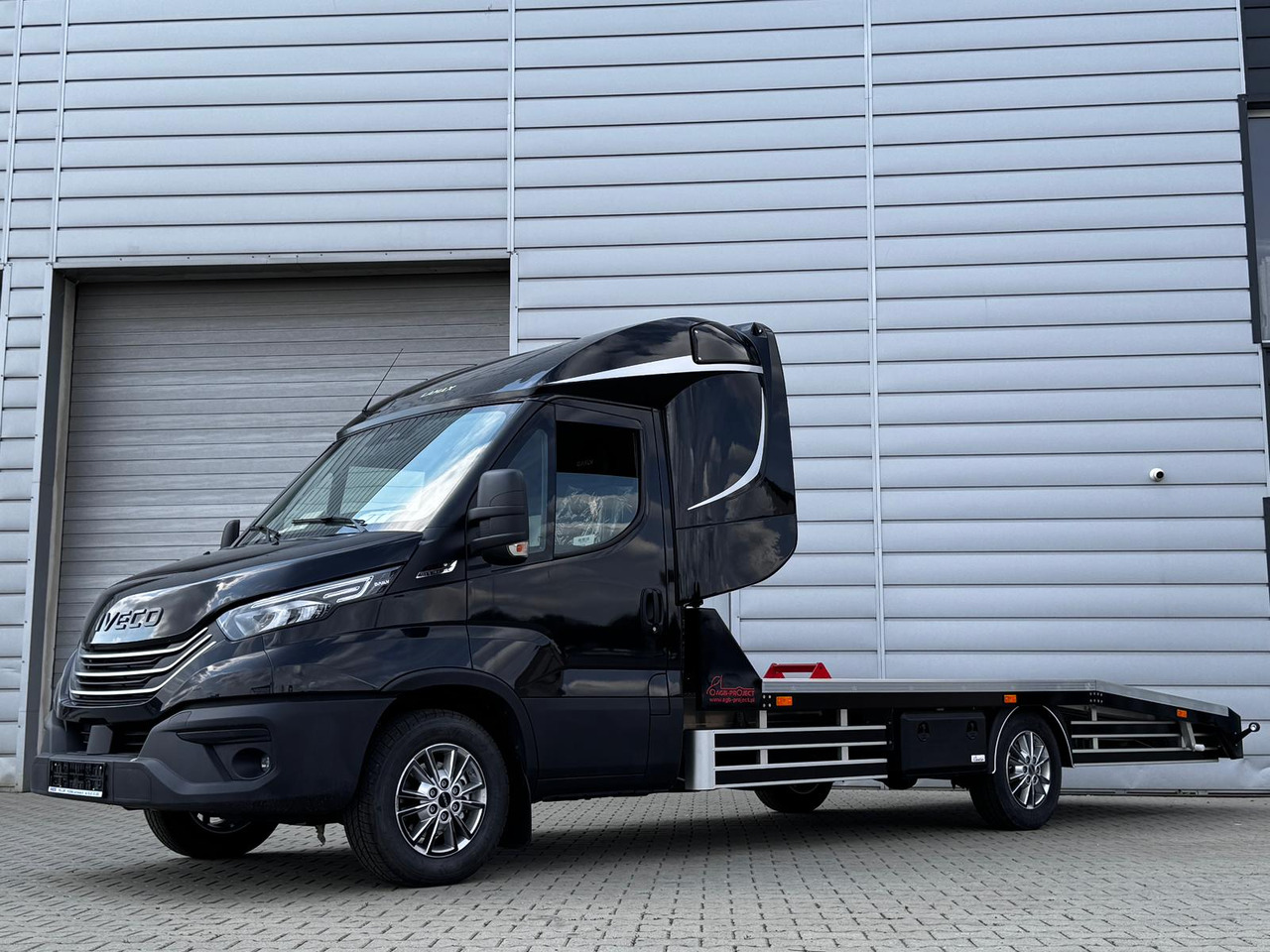
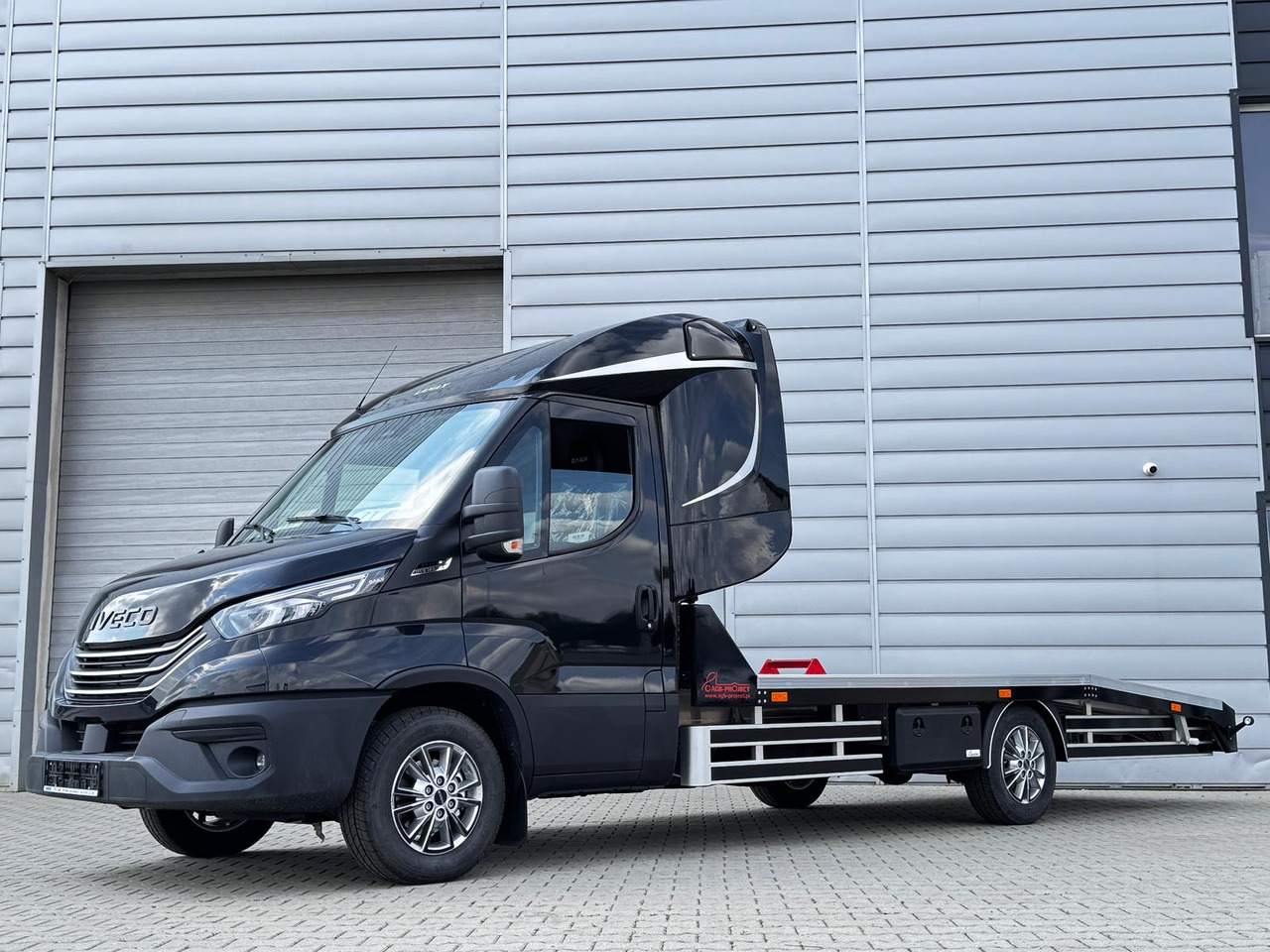

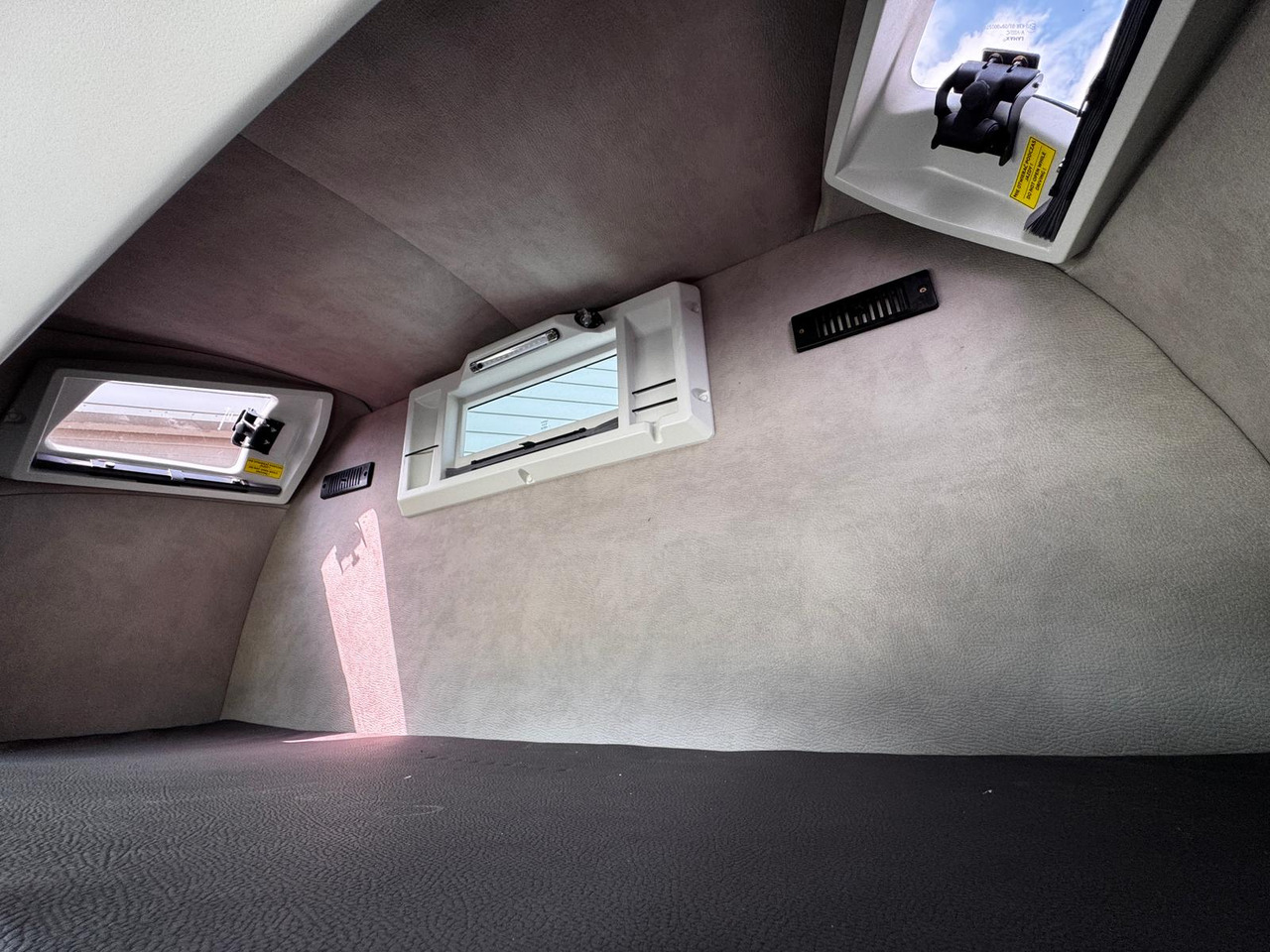
IVECO DAILY 35S21
53 035EUR
Price excl. VAT
- ≈ 5 399 122 INR
- ≈ 60 967 USD
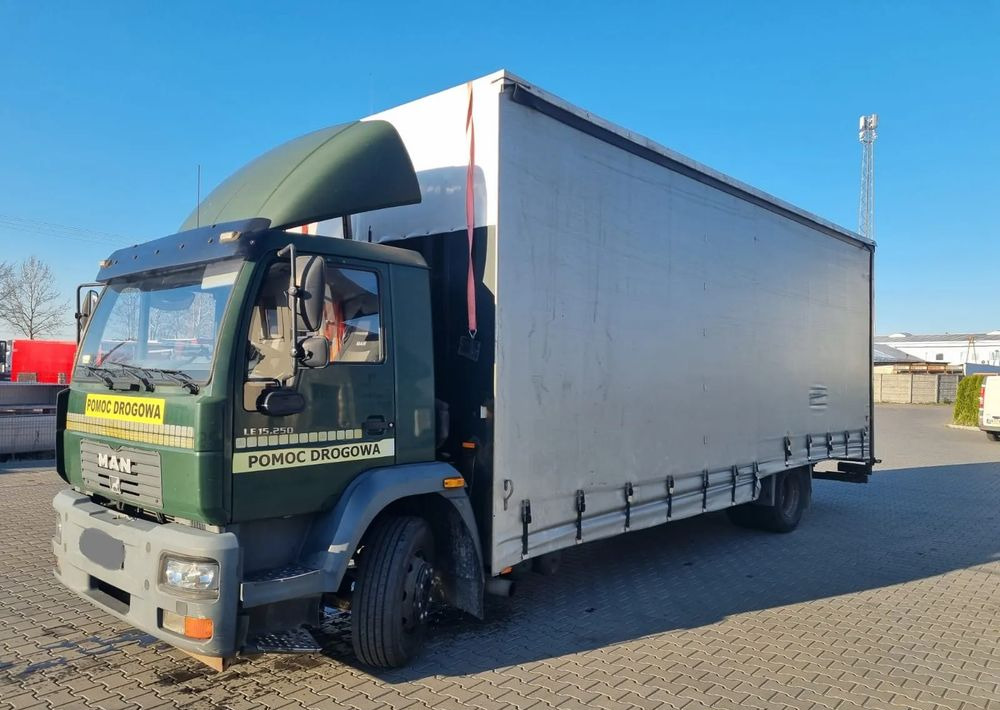
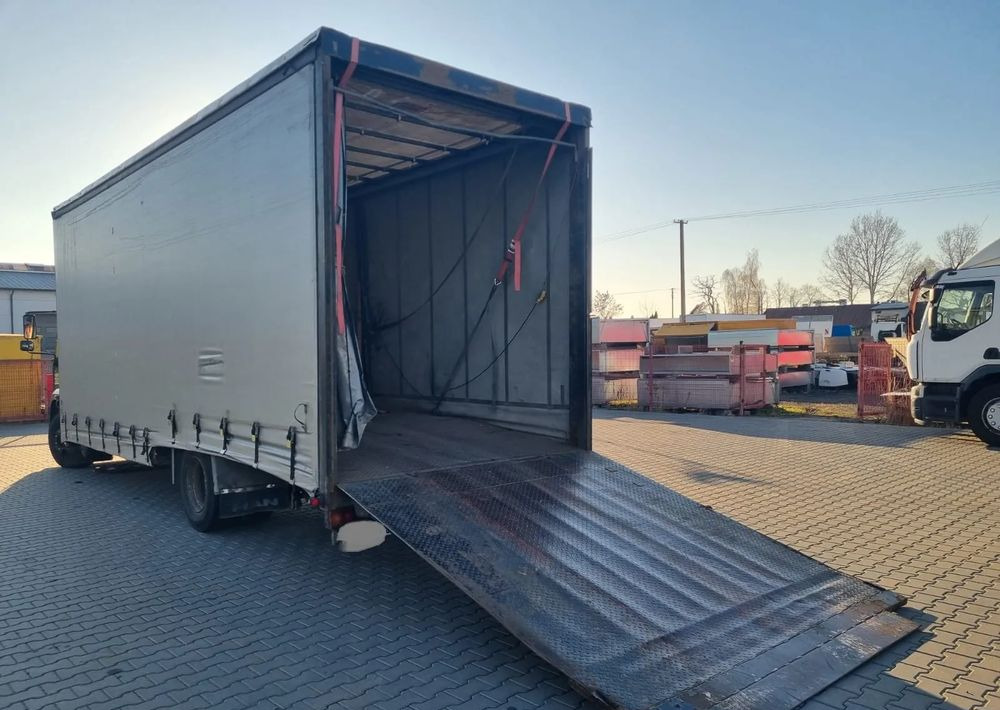



MAN LE 15 220
8 682EUR
Price excl. VAT
- ≈ 883 853 INR
- ≈ 9 980 USD





DAF FAD XF 430 8x4 Manual Steel JIGE Recovery truck
149 500EUR
Price excl. VAT
- ≈ 15 219 548 INR
- ≈ 171 862 USD
4 million buyers per month search for vehicles and machinery on Truck1.





IVECO IVECO DAILY 70C18 laweta Hi-Matic
64 000EUR
- ≈ 6 515 392 INR
- ≈ 73 573 USD

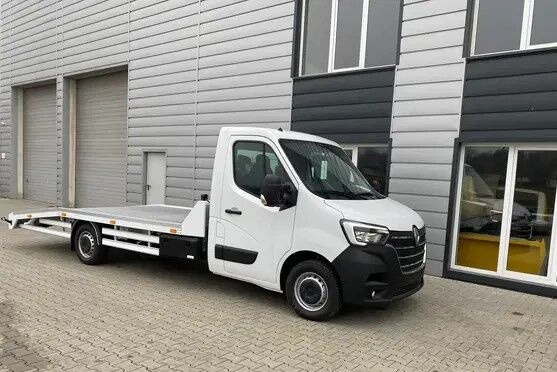

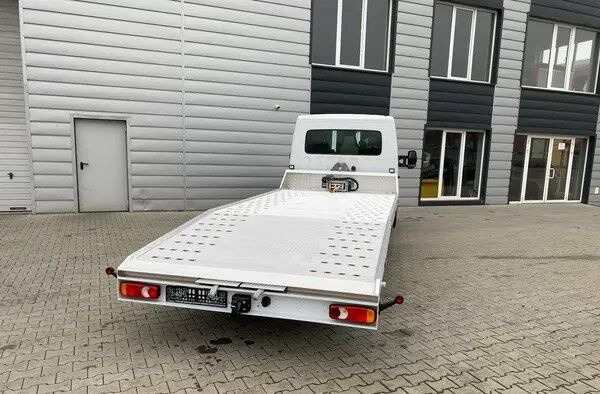
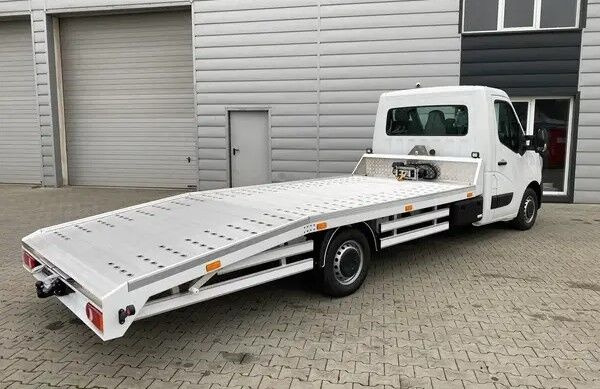
Renault Master
38 470EUR
Price excl. VAT
- ≈ 3 916 361 INR
- ≈ 44 224 USD
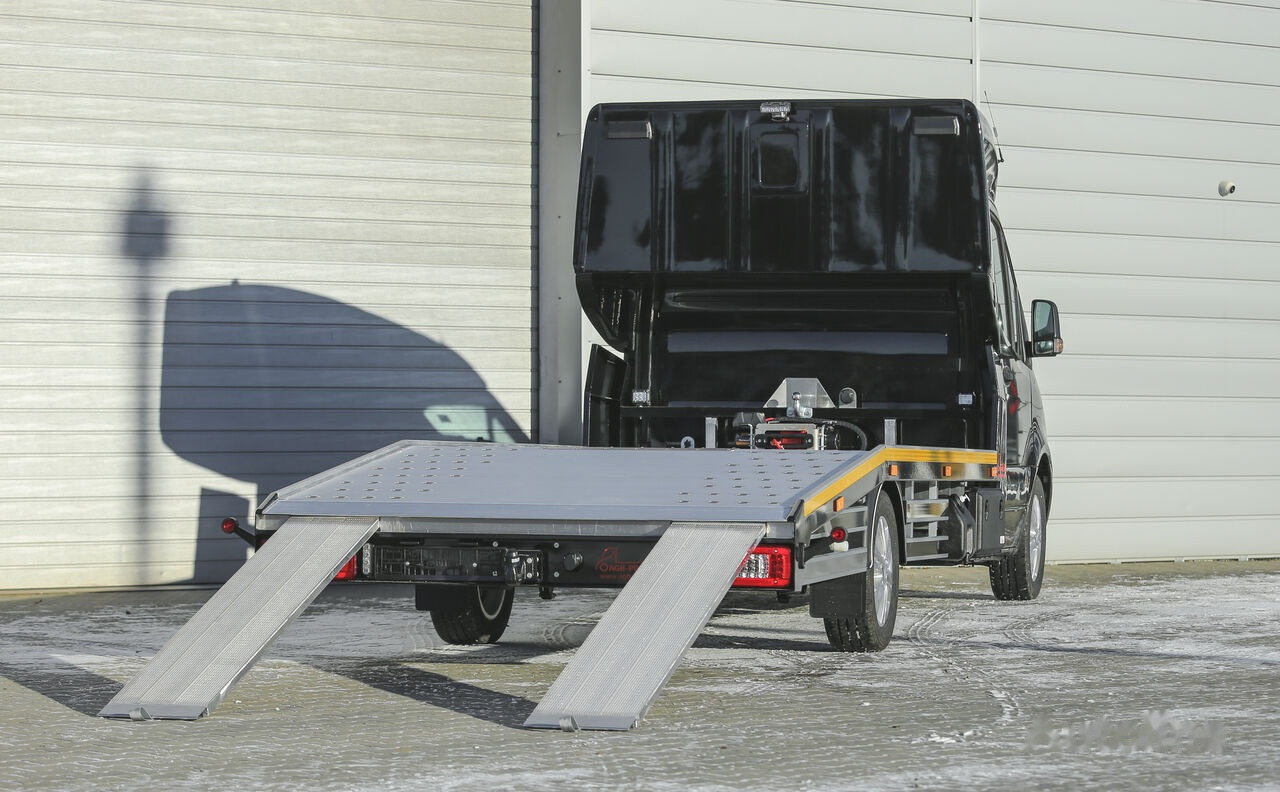

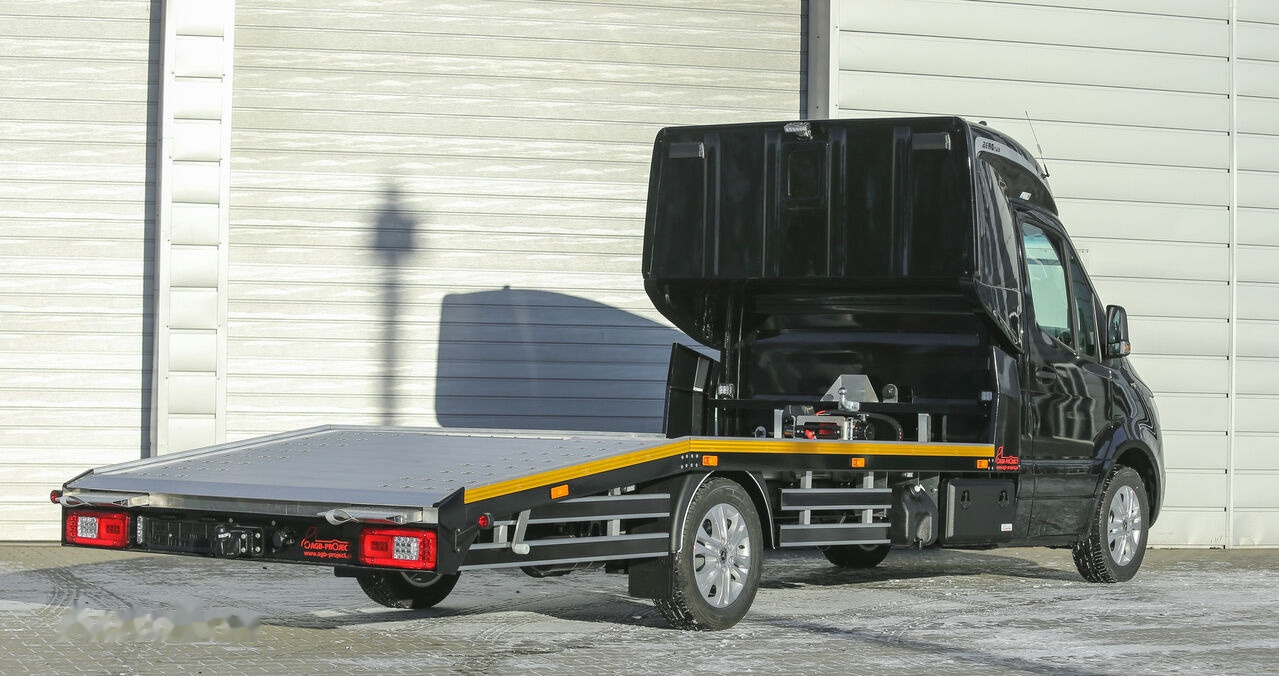
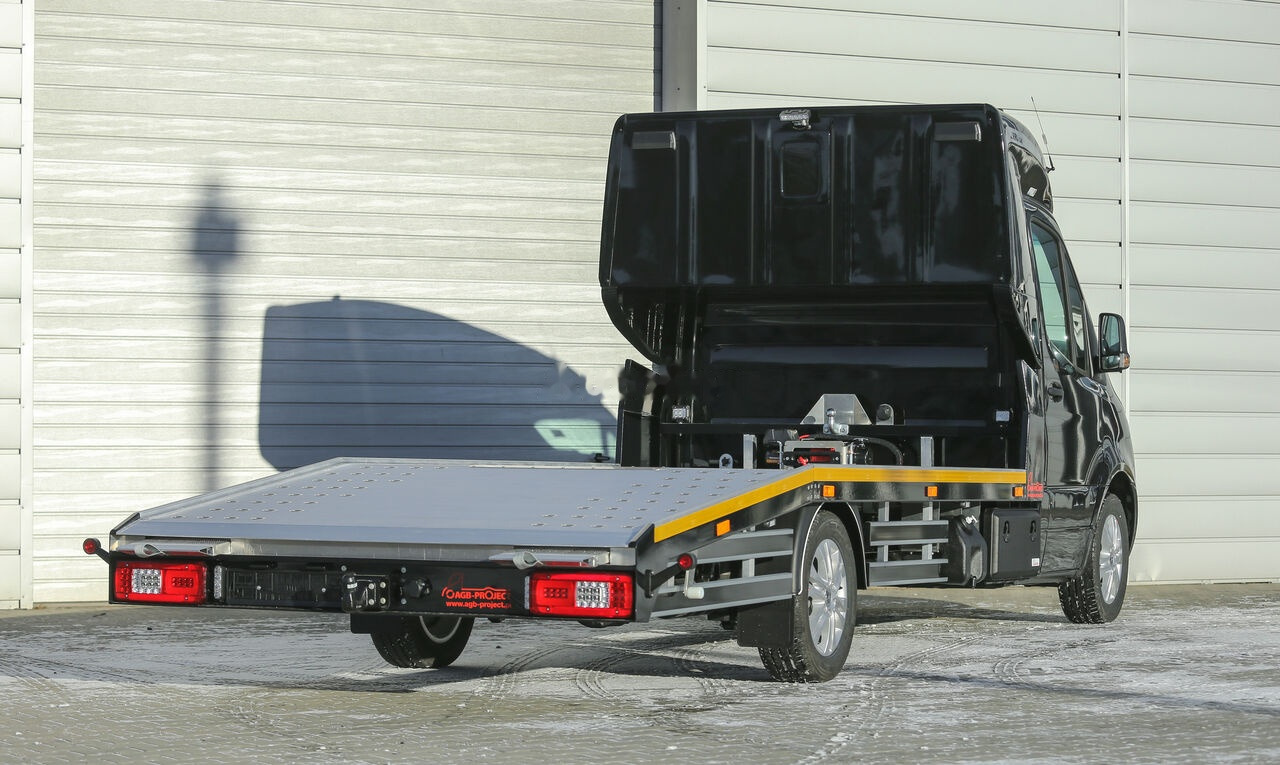
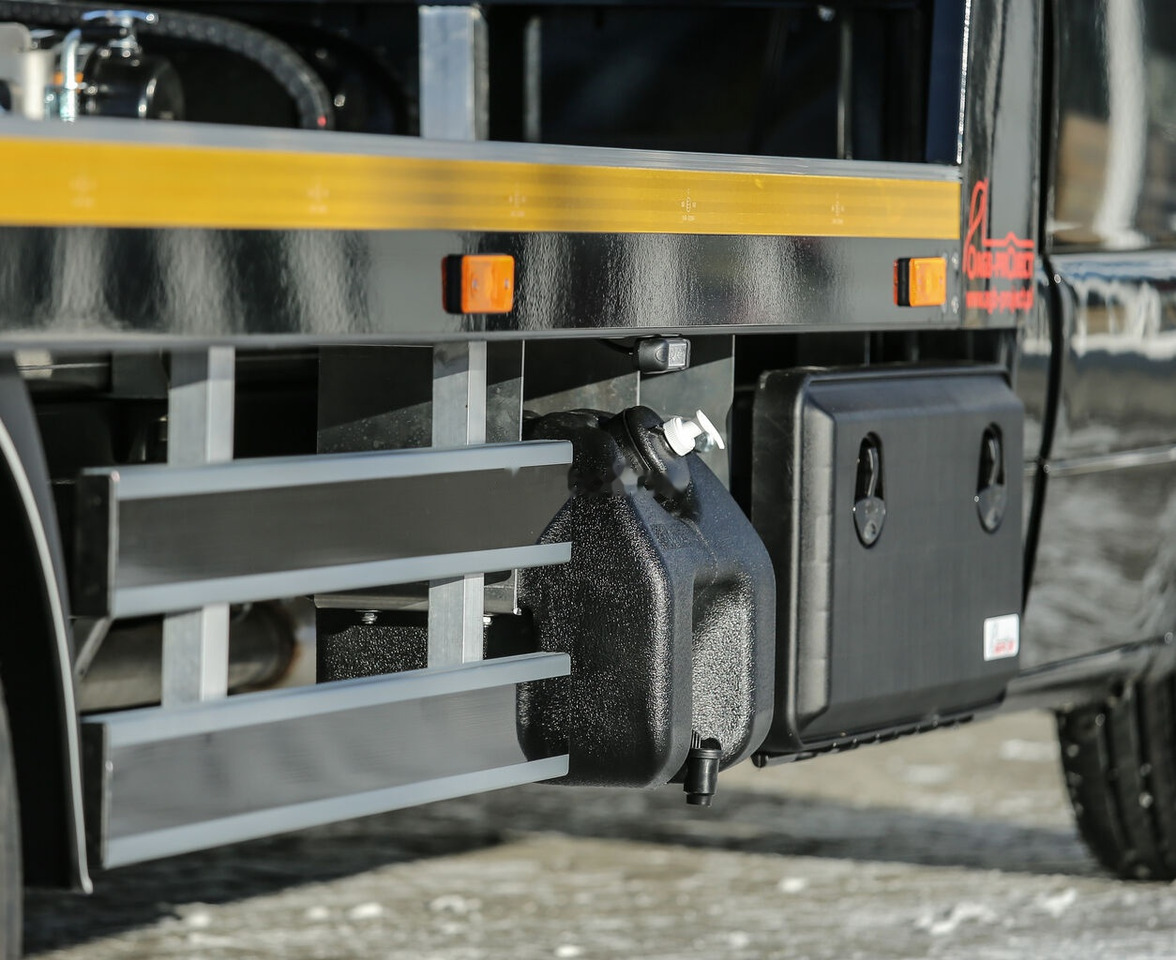
Mercedes-Benz Sprinter 319
63 640EUR
Price excl. VAT
- ≈ 6 478 742 INR
- ≈ 73 159 USD


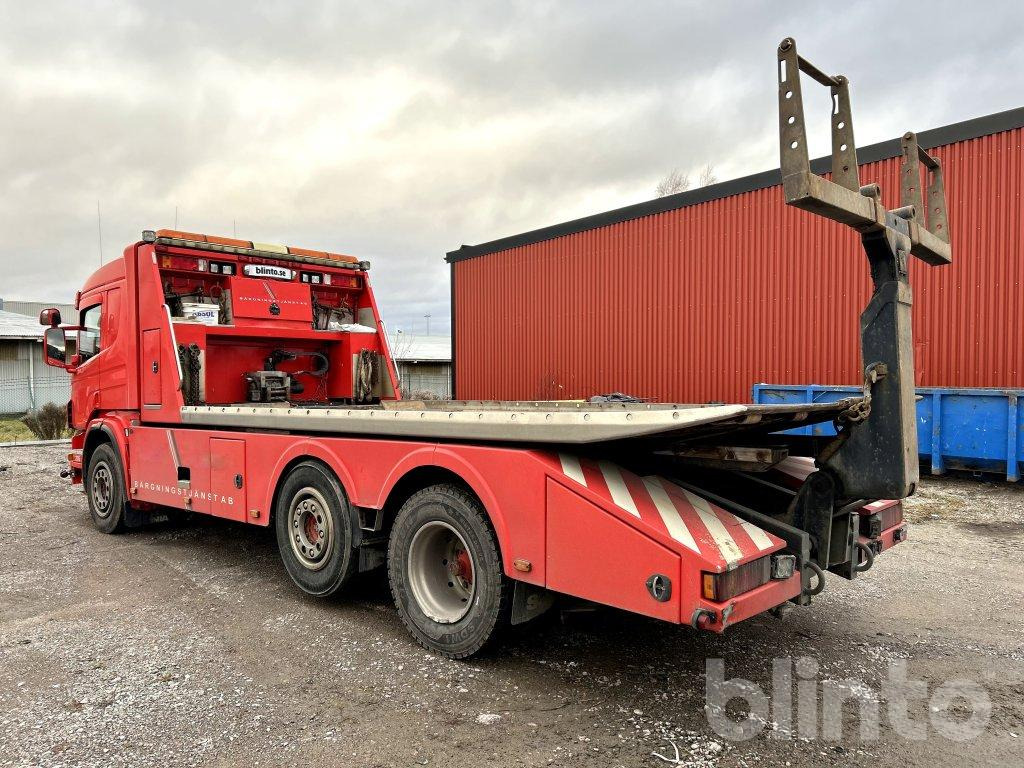

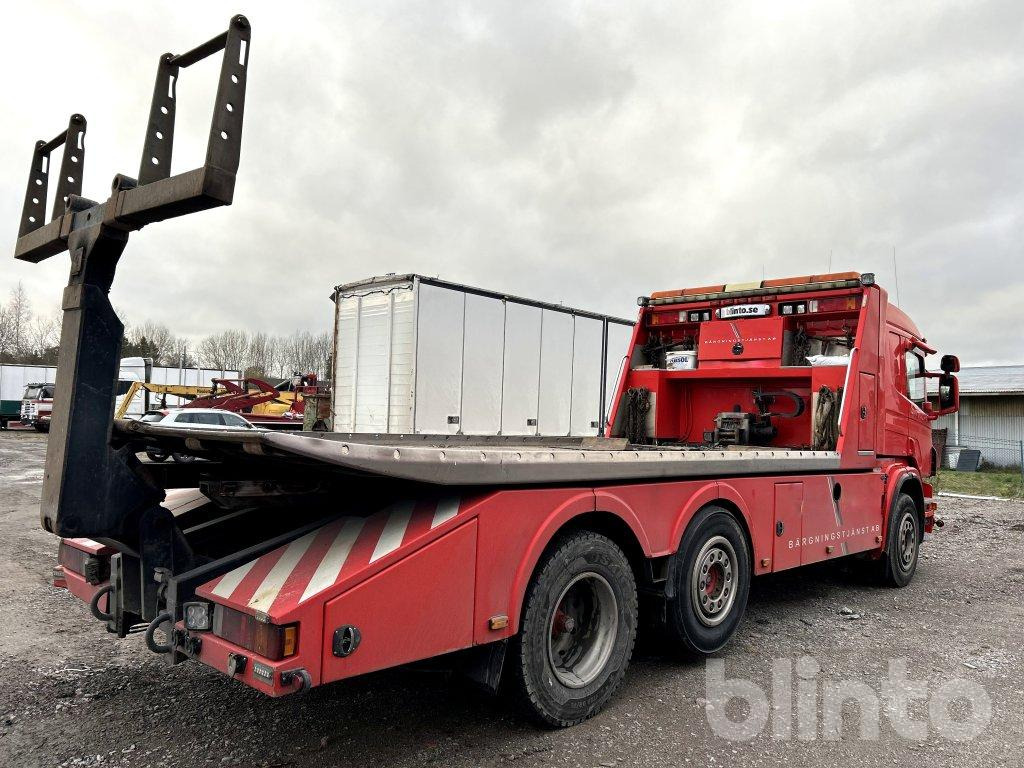
SCANIA P310LB6X2/4HNB
13 655EUR
- ≈ 1 390 119 INR
- ≈ 15 697 USD




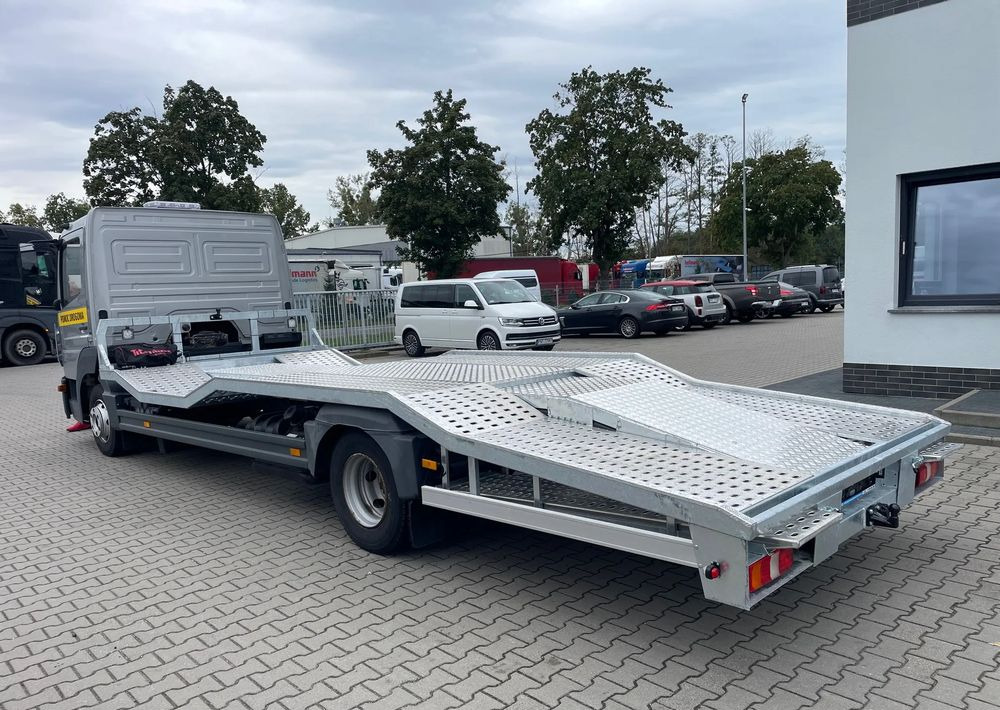
Mercedes-Benz ATEGO 818 Auto Pomoc!
32 775EUR
- ≈ 3 336 593 INR
- ≈ 37 677 USD



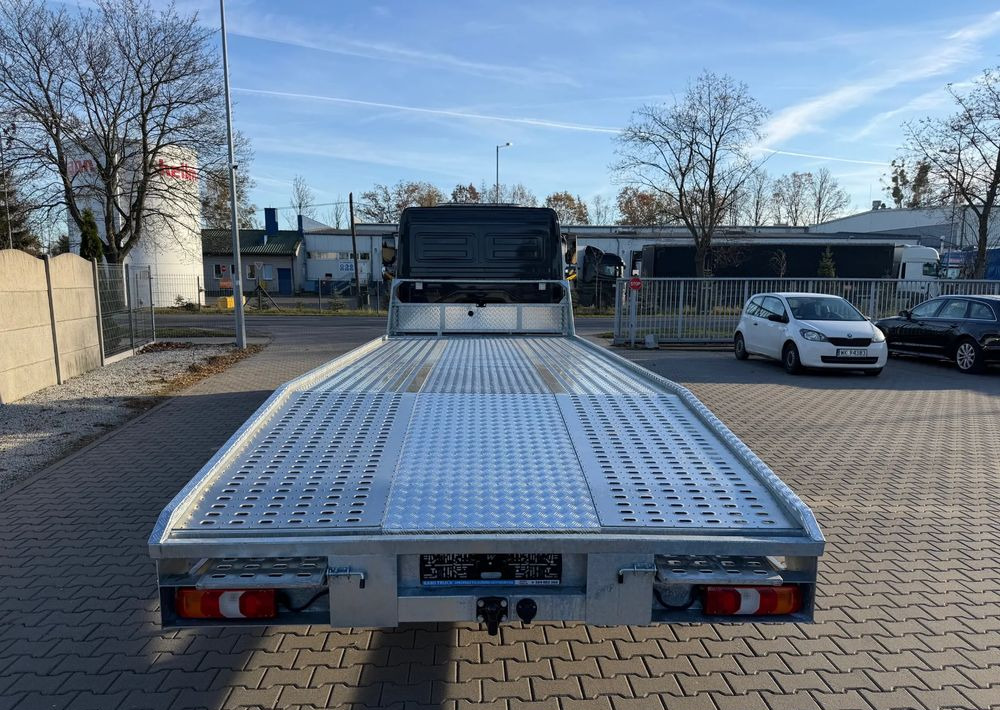

Mercedes-Benz ATEGO 818 AUTOLAWETA
29 239EUR
- ≈ 2 976 617 INR
- ≈ 33 612 USD
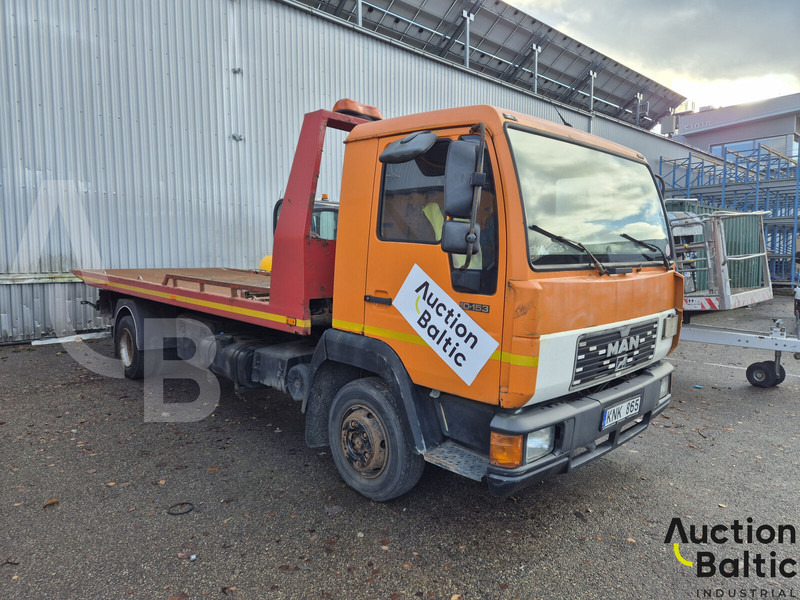




MAN 10.153 tow truck
2 500EUR
Price excl. VAT
- ≈ 254 507 INR
- ≈ 2 873 USD
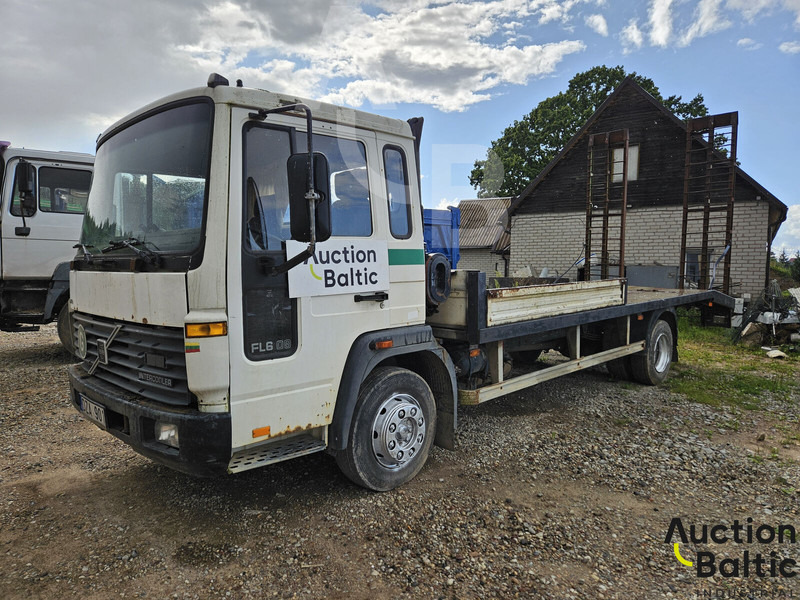


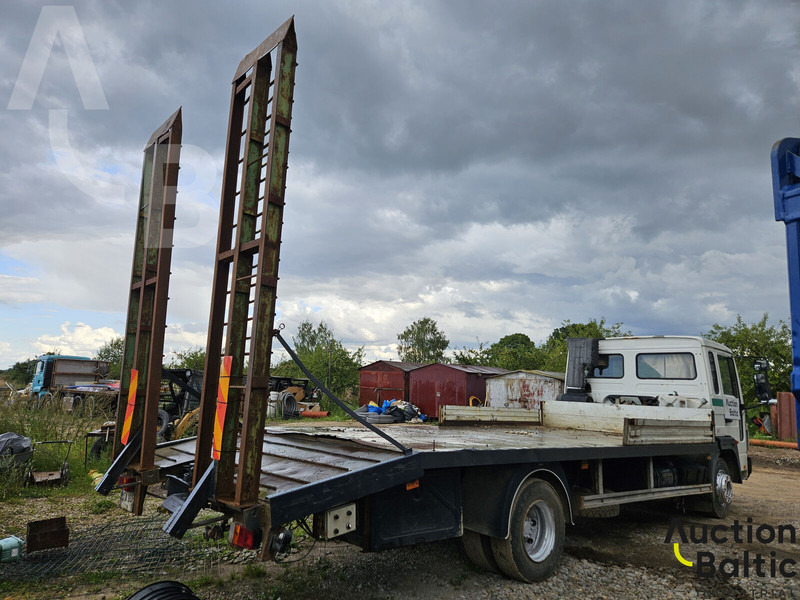

Volvo FL 608 tow truck
1 950EUR
Price excl. VAT
- ≈ 198 515 INR
- ≈ 2 241 USD


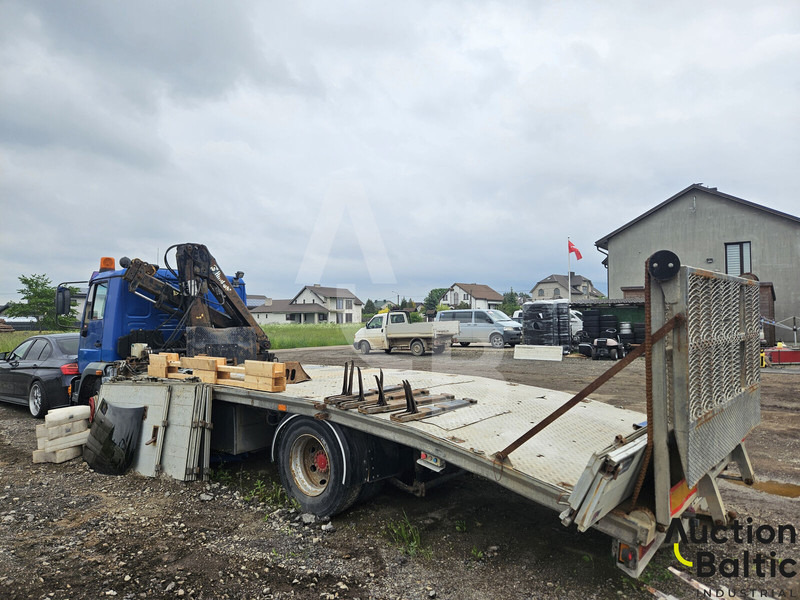


MAN 14.224 tow truck
3 200EUR
Price excl. VAT
- ≈ 325 769 INR
- ≈ 3 678 USD





MAN TGM 15.290 4x2 Day Cabin (3 pl) Euro6 - Jige Simplex 6T5 + Winch 3.5T + Goggles 3000kg
36 950EUR
Price excl. VAT
- ≈ 3 761 620 INR
- ≈ 42 476 USD


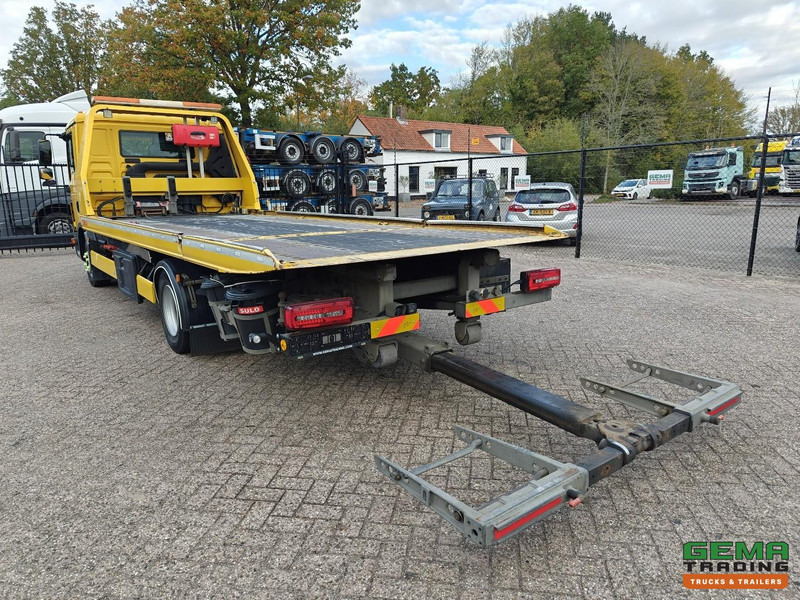


MAN TGL 12.250 4x2 Day Cab (3 pl) Euro6B - Jige Simplex 5T + Winch 3.5T + Bril 3000kg - 06/2026 MOT
37 950EUR
Price excl. VAT
- ≈ 3 863 423 INR
- ≈ 43 626 USD
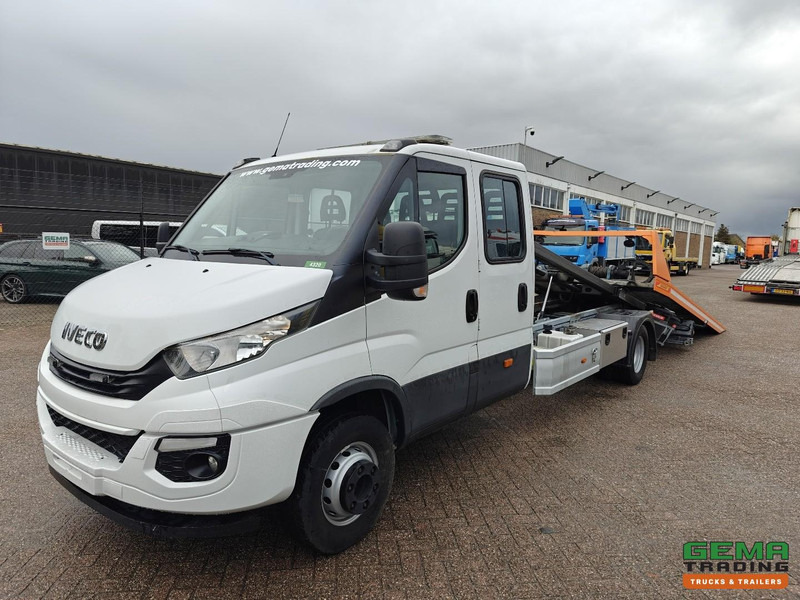


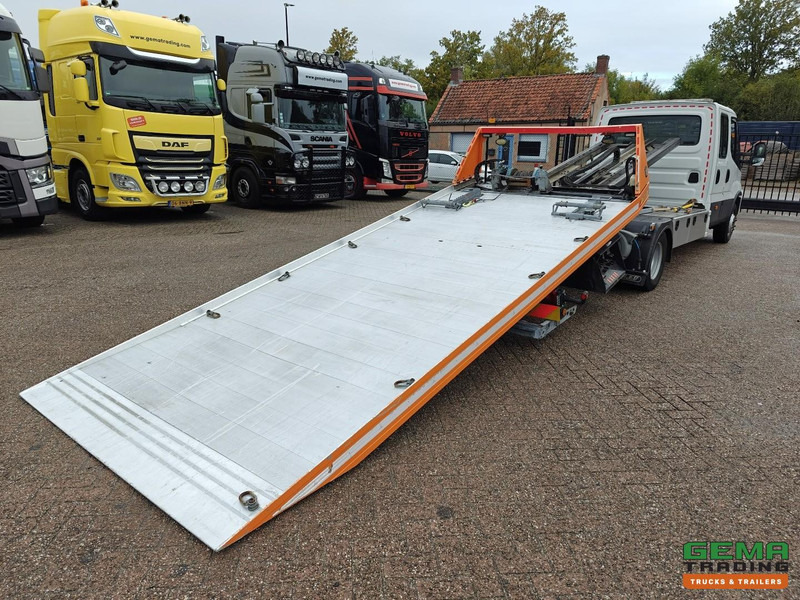

Iveco 70C18 4x2 Double Cab Euro6 - Jige Simplex 3T5 + 1095KG Girder - 3.5T Winch
39 950EUR
Price excl. VAT
- ≈ 4 067 029 INR
- ≈ 45 925 USD
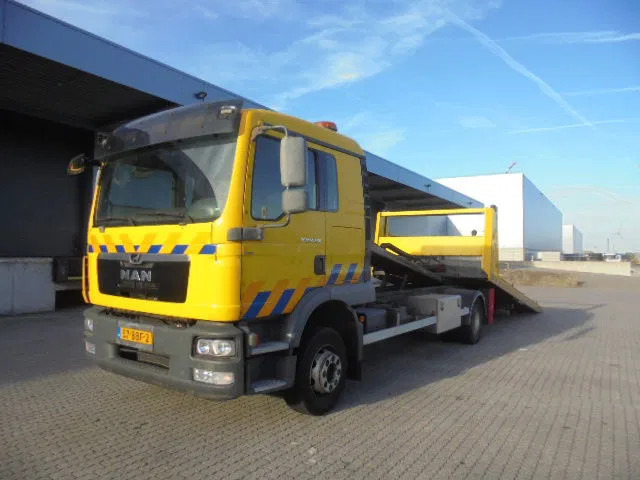

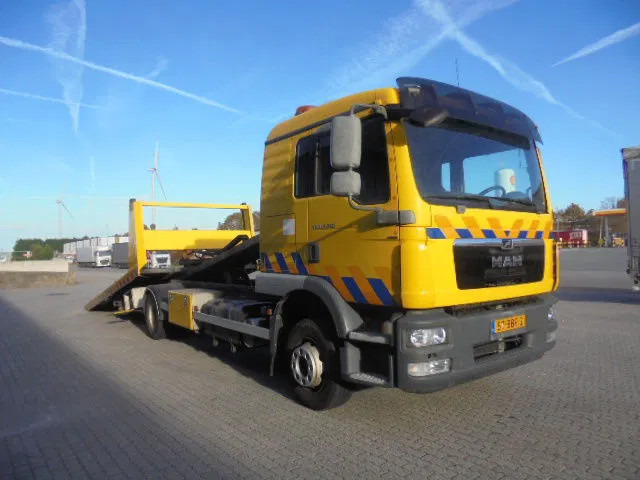
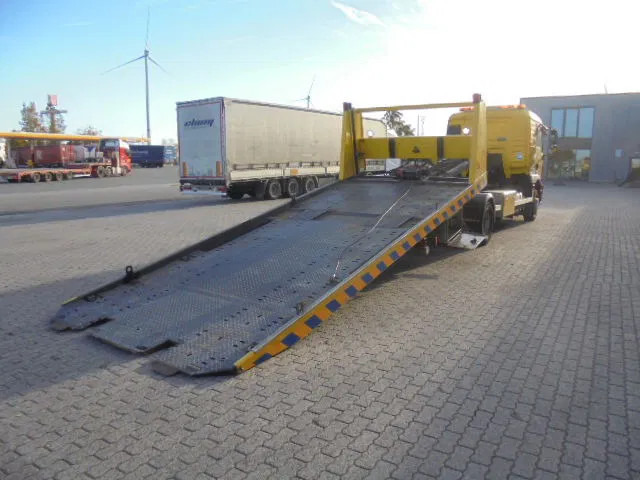

MAN TGM 12.250 NL TRUCK
24 500EUR
Price excl. VAT
- ≈ 2 494 173 INR
- ≈ 28 164 USD
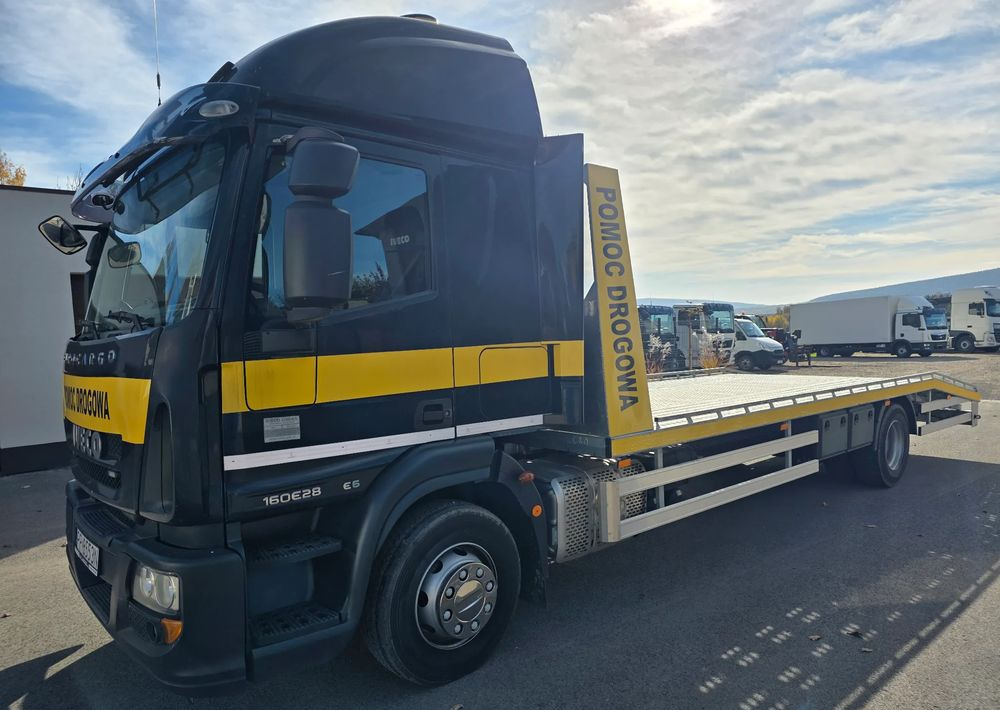




Iveco EUROCARGO / DMC 16T / LAWETA/ POMOC DROGOWA
23 108EUR
Price excl. VAT
- ≈ 2 352 463 INR
- ≈ 26 564 USD

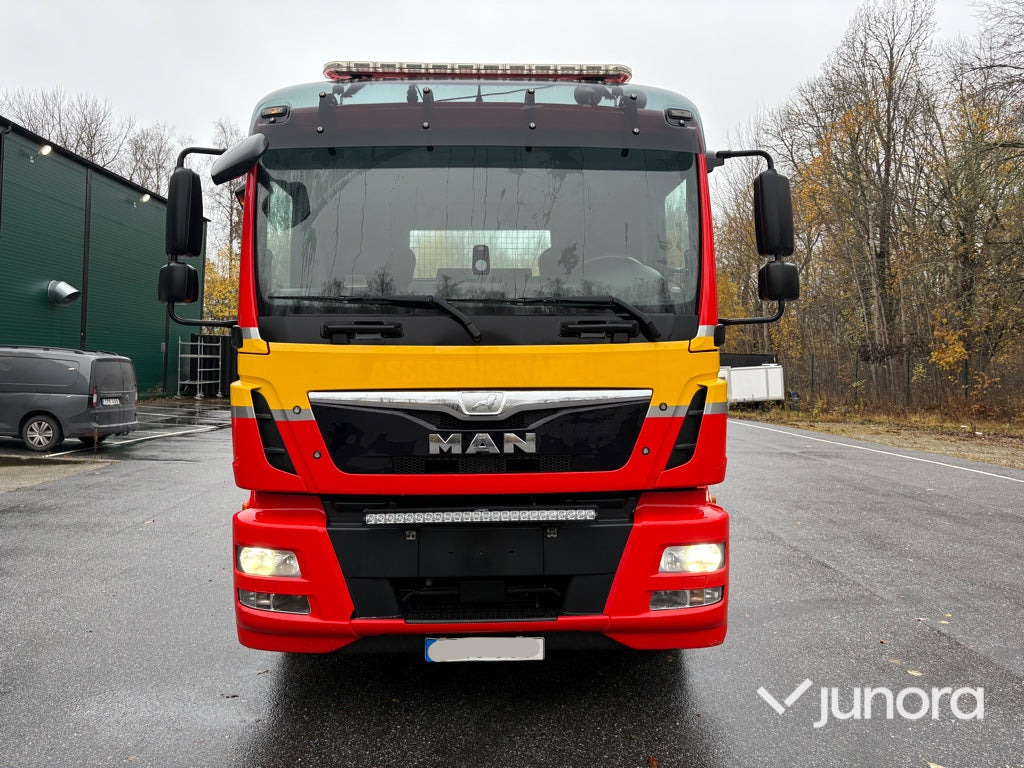
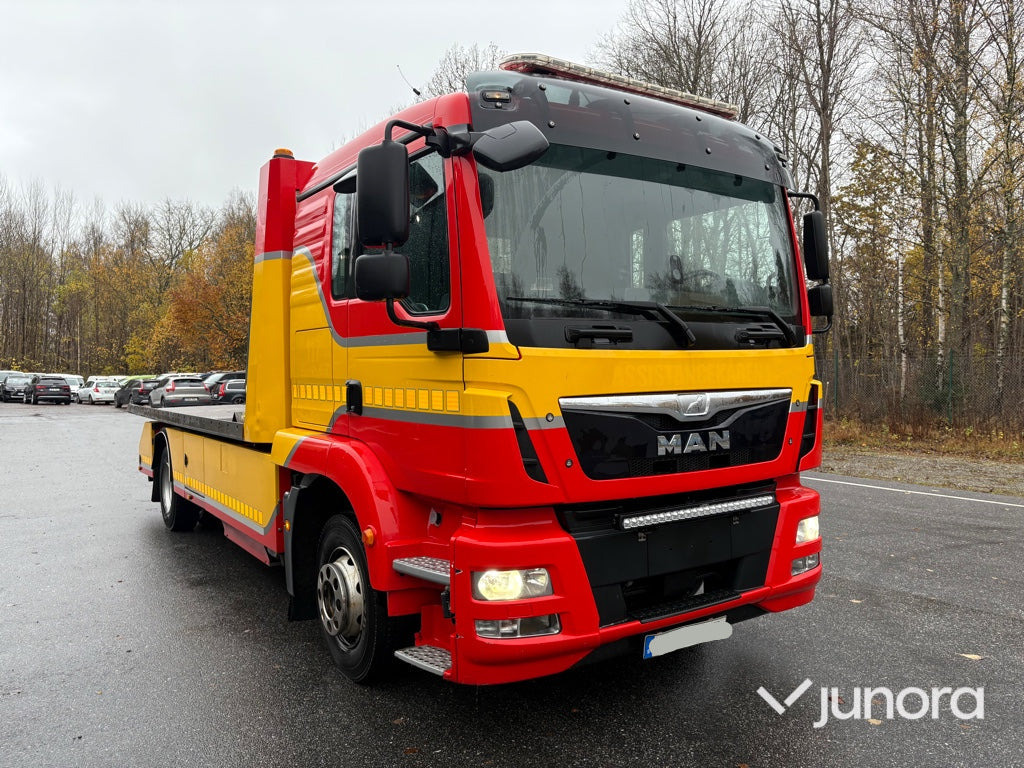
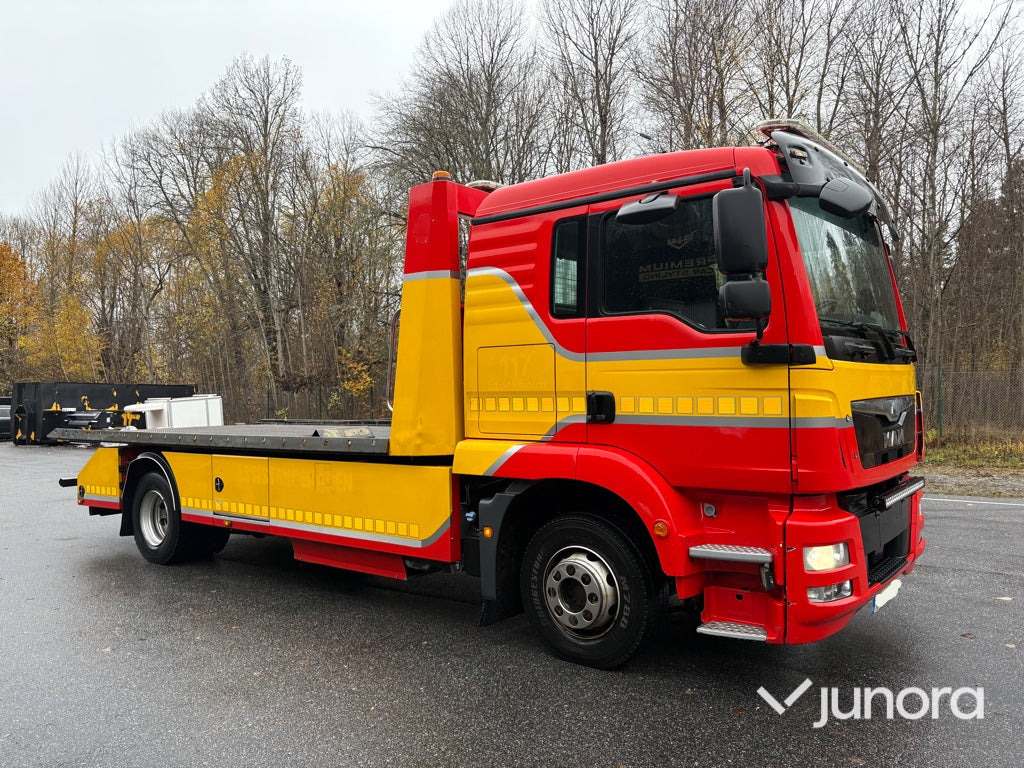

Bärgningsbil - Man TGM 15.250 4X2 LL

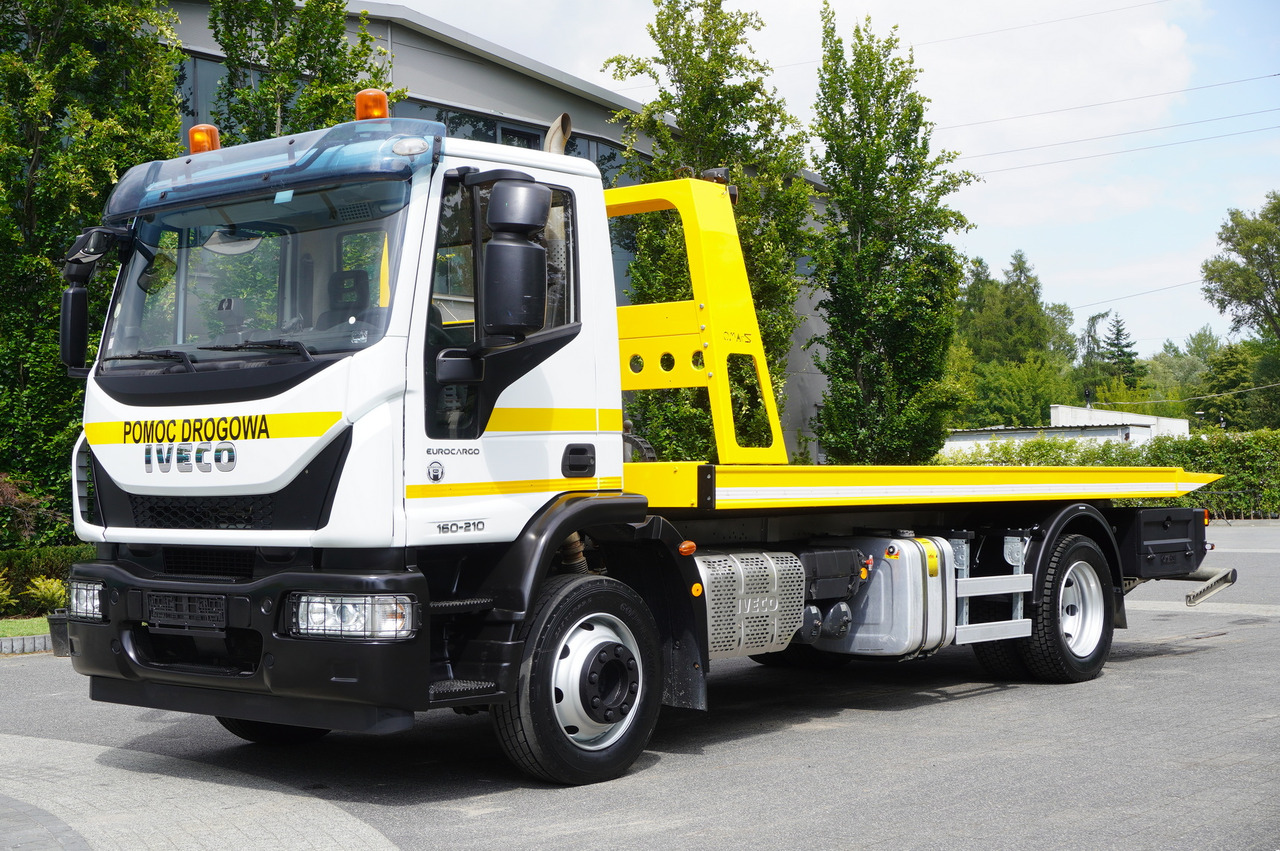



IVECO Eurocargo 160-210 / 75,000 km! / OMARS lowered tow truck platform / Fork
58 600EUR
Price excl. VAT
- ≈ 5 965 655 INR
- ≈ 67 365 USD
Tow trucks represent specialized recovery and transportation vehicles designed for disabled vehicle recovery, accident clearance, and automotive transport services through integrated lifting, loading, and securing systems. These essential service vehicles combine powerful chassis platforms with sophisticated recovery equipment including hydraulic winches, boom systems, and specialized carriers that enable safe and efficient vehicle recovery operations. Tow truck operations serve diverse markets including roadside assistance, automotive dealerships, municipal services, and commercial fleet management where rapid response and professional vehicle handling are critical operational requirements. The tow truck market encompasses configurations ranging from light-duty units for passenger vehicle recovery to heavy-duty systems capable of handling commercial trucks and specialized equipment. Modern tow trucks integrate advanced hydraulic systems, electronic controls, and safety features that maximize operational efficiency while ensuring operator safety and customer vehicle protection throughout demanding recovery operations. Companies evaluating tow truck for sale options must consider capacity requirements, operational environments, and service market factors that significantly impact vehicle selection and business profitability. Used tow trucks for sale provide cost-effective alternatives for established operations while delivering proven performance and reliability essential for maintaining competitive service levels in demanding recovery markets.
Tow Truck Configuration Types and Recovery Systems
Wheel-lift tow trucks represent the most common configuration for light-duty vehicle recovery, utilizing hydraulic lifting mechanisms that engage vehicle wheels through specialized cradles and securing systems. These units typically feature lifting capacities of 2-4 tonnes with boom reach capabilities enabling efficient recovery of passenger vehicles, light trucks, and motorcycles from various positions and terrain conditions. Wheel-lift systems provide rapid deployment, minimal vehicle contact, and versatile positioning that optimizes recovery efficiency while minimizing potential vehicle damage during lifting and transport operations.
Flatbed tow trucks provide superior vehicle protection and loading versatility through hydraulic tilting beds that enable drive-on loading or winch-assisted recovery of disabled vehicles. Flatbed tow truck for sale options typically feature bed lengths of 5-7 meters with payload capacities ranging from 3-6 tonnes, accommodating various vehicle types while providing complete undercarriage protection. Flatbed systems excel in luxury vehicle transport, accident recovery, and long-distance towing where maximum vehicle protection and professional presentation are essential service requirements.
Heavy-duty recovery trucks incorporate powerful winching systems, boom assemblies, and specialized rigging equipment designed for commercial vehicle recovery, accident clearance, and heavy equipment transport. These specialized units feature winch capacities exceeding 20 tonnes with boom systems capable of complex rigging operations and multi-vehicle recovery scenarios. Heavy recovery trucks for sale command premium pricing but provide essential capabilities for commercial recovery operations and emergency response services requiring maximum recovery capability and operational flexibility.
Integrated tow trucks combine multiple recovery systems including wheel-lift, boom, and winching capabilities within single chassis platforms that provide operational versatility and equipment efficiency. These sophisticated units enable operators to handle diverse recovery scenarios without requiring multiple specialized vehicles, optimizing equipment utilization while maintaining comprehensive service capabilities. Integration requires careful engineering to balance weight distribution, operational complexity, and system reliability throughout demanding recovery operations.
Specialty recovery configurations include rotator units with 360-degree boom rotation, sliding rotator systems with enhanced positioning flexibility, and off-road recovery vehicles with enhanced traction and ground clearance for challenging terrain operations. Specialty units address specific operational requirements including highway accident response, construction site recovery, and specialized transport applications that exceed standard tow truck capabilities while requiring enhanced operator training and operational expertise.
Hydraulic Systems and Lifting Technology
Hydraulic power systems provide the foundation for tow truck operations through high-pressure pumps, control valves, and actuator systems designed for reliable operation under demanding conditions. Hydraulic systems typically operate at pressures ranging from 180-250 bar with flow rates optimized for specific lifting and positioning requirements. Power take-off systems drive hydraulic pumps through engine-mounted configurations that provide continuous power during stationary recovery operations while maintaining vehicle mobility for positioning and transport.
Winching systems integrate powerful electric or hydraulic winches with capacities ranging from 4-40 tonnes depending on vehicle class and operational requirements. Winch systems feature variable speed controls, load monitoring, and safety systems that enable precise load control while preventing overload conditions that could damage equipment or compromise safety. Advanced winching systems incorporate multiple drums, remote controls, and automated load management that optimize operational efficiency while enhancing operator safety.
Boom and lifting mechanisms provide positioning flexibility and load management through telescopic or articulated designs that enable complex recovery operations and precise vehicle placement. Boom systems typically feature reach capabilities of 3-8 meters with lifting capacities matched to vehicle weight ratings and operational requirements. Hydraulic boom controls enable precise positioning, load balancing, and operational flexibility that optimizes recovery efficiency while ensuring safe load handling throughout complex recovery scenarios.
Control systems range from basic manual valve arrangements to sophisticated electronic controls with programmable functions and automated safety features. Advanced control systems incorporate joystick operation, preset positioning sequences, and integrated monitoring that reduces operator workload while improving operational consistency and safety. Electronic controls enable remote operation, automated safety responses, and performance monitoring that enhance operational capability while protecting equipment and personnel.
Safety systems integrate load monitoring, stability controls, and emergency shutdown capabilities that prevent unsafe operating conditions while protecting equipment and personnel. Safety features include boom overload protection, vehicle stability monitoring, and emergency stop functions that provide multiple layers of protection throughout demanding recovery operations. Advanced safety systems incorporate electronic monitoring, automated interventions, and comprehensive warning systems that ensure safe operation even under challenging conditions.
Chassis Selection and Vehicle Integration
Light-duty chassis platforms typically utilize commercial truck bases with gross vehicle weights ranging from 4.5-7.5 tonnes, providing adequate capacity for passenger vehicle recovery while maintaining fuel efficiency and operational maneuverability. These platforms feature engines ranging from 150-250 horsepower with transmissions optimized for frequent stop-and-go operations typical of roadside assistance services. Light-duty configurations balance operational capability with operating costs while maintaining urban accessibility and parking convenience.
Medium-duty chassis accommodate larger recovery equipment and increased payload capacity through gross vehicle weights ranging from 7.5-12 tonnes with enhanced structural reinforcement and power systems. These platforms typically feature diesel engines exceeding 200 horsepower with heavy-duty transmissions and reinforced frames designed for demanding recovery operations. Medium-duty configurations provide optimal balance between operational capability and equipment costs for general towing operations.
Heavy-duty chassis platforms utilize commercial truck configurations with gross vehicle weights exceeding 15 tonnes, providing maximum capacity for commercial vehicle recovery and heavy equipment transport. These robust platforms feature powerful diesel engines, heavy-duty transmissions, and reinforced frames designed for maximum loading conditions and demanding operational environments. Heavy-duty configurations require enhanced operator training and specialized operational procedures but provide essential capabilities for commercial recovery operations.
4x4 tow truck for sale options provide enhanced traction and off-road capability for recovery operations in challenging terrain, construction sites, and adverse weather conditions. Four-wheel drive systems typically feature selectable engagement, differential locks, and enhanced ground clearance that enable operation where conventional tow trucks cannot access. 4x4 configurations command premium pricing but provide essential capability for specialized recovery operations and emergency response services.
Chassis modification requirements include frame reinforcement, auxiliary power systems, and specialized mounting provisions that accommodate recovery equipment while maintaining structural integrity and operational safety. Modifications must consider weight distribution, operational stresses, and regulatory compliance while ensuring optimal performance throughout demanding recovery operations. Professional modification services ensure proper integration while maintaining manufacturer warranties and operational reliability.
Market Applications and Service Segments
Roadside assistance services represent the largest market segment for tow trucks, serving motorist assistance programs, insurance companies, and automotive clubs where rapid response and professional service are essential competitive advantages. Roadside operations require efficient equipment, skilled operators, and comprehensive service capabilities including vehicle recovery, battery service, and minor repairs. These operations typically involve unpredictable service demands, diverse vehicle types, and customer service requirements that emphasize reliability and professionalism.
Automotive dealership services utilize tow trucks for vehicle delivery, auction transport, and service department support where professional presentation and vehicle protection are critical service quality factors. Dealership operations often involve high-value vehicles, customer relationship management, and specialized transport requirements that benefit from flatbed configurations and enhanced vehicle protection. These applications typically command premium pricing while requiring professional presentation and comprehensive insurance coverage.
Municipal and law enforcement services employ tow trucks for parking enforcement, accident clearance, and impounded vehicle transport where regulatory compliance and public safety are primary operational requirements. Municipal operations require reliable equipment, trained operators, and comprehensive documentation systems that ensure legal compliance while maintaining public service standards. These applications often involve challenging recovery scenarios, evidence preservation, and coordination with emergency services.
Commercial fleet services utilize tow trucks for disabled vehicle recovery, maintenance support, and equipment transport where operational efficiency and cost control are essential business requirements. Commercial applications often involve large vehicles, specialized equipment, and operational scheduling that requires enhanced recovery capabilities and professional service delivery. These operations typically involve contract relationships, performance standards, and operational efficiency requirements that benefit from specialized equipment and experienced operators.
Specialized recovery services include heavy equipment recovery, accident reconstruction support, and hazardous material incident response where specialized capabilities and enhanced safety equipment are essential operational requirements. Specialized services command premium pricing while requiring extensive training, specialized equipment, and comprehensive insurance coverage that addresses unique operational risks and liability exposures. These niche markets enable differentiation and enhanced profitability through specialized expertise and capabilities.
Economic Analysis and Business Considerations
Tow truck price structures vary significantly based on configuration, capacity, and specialized features, with new light-duty units starting around ₹15-25 lakhs while heavy-duty recovery trucks can exceed ₹80 lakhs depending on specifications and equipment. Flatbed tow truck pricing typically ranges from ₹25-50 lakhs depending on bed size and features, while specialized recovery equipment commands premium pricing reflecting sophisticated hydraulic systems and specialized capabilities. Used tow trucks for sale provide cost-effective alternatives at 40-70% of new vehicle costs depending on age, condition, and equipment configuration.
Operating cost analysis encompasses fuel consumption, maintenance expenses, insurance premiums, and regulatory compliance costs that impact service profitability and competitive positioning. Tow truck fuel consumption typically ranges from 8-15 kilometers per liter depending on vehicle size, equipment operation, and service patterns, with recovery operations consuming additional fuel through hydraulic system operation and positioning requirements. Maintenance costs generally represent 12-18% of initial purchase price annually, including hydraulic system servicing, equipment maintenance, and chassis upkeep throughout demanding service operations.
Revenue potential varies significantly based on service markets, operational efficiency, and market positioning, with established tow truck operations generating substantial revenue through diverse service offerings and customer relationships. Roadside assistance typically generates ₹2,000-5,000 per service call depending on service complexity and market conditions, while specialized recovery operations often command premium pricing through enhanced capabilities and emergency response requirements. Revenue optimization requires market development, operational efficiency, and service quality that maintains customer relationships while maximizing profitability.
Insurance considerations include comprehensive vehicle coverage, equipment protection, cargo liability, and specialized coverage for recovery operations and customer vehicle handling. Insurance premiums typically exceed standard commercial vehicle rates by 150-250% due to operational hazards, equipment values, and liability exposures associated with vehicle recovery operations. Comprehensive coverage including garage keepers liability, on-hook coverage, and equipment breakdown protection is essential for professional towing operations while providing customer confidence and regulatory compliance.
Return on investment calculations typically demonstrate payback periods of 3-6 years for well-operated tow truck businesses, depending on market conditions, operational efficiency, and service mix optimization. Investment recovery requires consistent service demand, efficient operations, and competitive positioning that maintains profitability while building sustainable business growth. Financial analysis should consider market competition, regulatory requirements, and equipment longevity when evaluating investment potential and business viability throughout changing market conditions and operational demands.
Technology Integration and Advanced Features
GPS tracking and dispatch systems optimize service efficiency through real-time location monitoring, automated dispatch, and route optimization that reduces response times while maximizing service capacity. Advanced dispatch systems integrate with customer management platforms to provide comprehensive service coordination, automated billing, and performance monitoring that enhances operational efficiency while improving customer service. Modern systems incorporate mobile applications, automated reporting, and integration with emergency services for comprehensive operational coordination.
Recovery monitoring systems provide real-time equipment status, load monitoring, and safety system verification that enhances operational safety while optimizing equipment performance. Monitoring systems typically include hydraulic pressure monitoring, load weight measurement, and stability assessment that prevent unsafe operating conditions while maximizing recovery efficiency. Advanced systems incorporate predictive maintenance, automated diagnostics, and remote monitoring capabilities that optimize equipment reliability and operational availability.
Safety enhancement systems include collision avoidance, stability monitoring, and emergency response capabilities that protect operators, customers, and the public throughout recovery operations. Advanced safety systems utilize sensors, cameras, and electronic controls to monitor operational conditions and provide automated interventions when hazardous conditions are detected. Safety system integration requires comprehensive training and operational procedures that maximize effectiveness while maintaining operational efficiency and service quality.
Communication systems enable coordination with customers, emergency services, and dispatch centers through integrated platforms that provide real-time operational status and service coordination. Modern communication systems include hands-free operation, emergency alerts, and automated reporting that enhance operational safety while improving customer service and regulatory compliance. Advanced systems incorporate video documentation, electronic signatures, and automated billing that streamline operational procedures while providing comprehensive service documentation.
Maintenance management systems utilize predictive analytics, automated scheduling, and performance monitoring to optimize equipment reliability while minimizing operational disruptions and maintenance costs. These systems monitor equipment condition, usage patterns, and performance parameters to predict maintenance requirements and prevent unexpected failures that could interrupt service operations. Advanced maintenance systems integrate with fleet management platforms to optimize resource allocation while maintaining optimal equipment availability and service capability.
What factors determine tow truck pricing in the current market?
Tow truck prices vary based on configuration (wheel-lift, flatbed, heavy-duty), lifting capacity, chassis specifications, and specialized equipment. New light-duty units start around ₹15-25 lakhs, flatbed trucks range ₹25-50 lakhs, while heavy-duty recovery trucks exceed ₹80 lakhs. Used tow trucks cost 40-70% less depending on age and condition. Factors include hydraulic systems, winch capacity, boom reach, and automation features significantly impacting pricing structures.
How do I choose between wheel-lift, flatbed, and boom truck configurations?
Wheel-lift trucks provide rapid deployment and cost-effective operation for standard vehicle recovery. Flatbed trucks offer superior vehicle protection and versatility for luxury vehicles and long-distance transport but cost more initially. Boom trucks enable complex recovery operations and heavy vehicle handling but require skilled operators. Consider typical service requirements, customer expectations, and operational complexity when selecting configurations.
What are the main differences between light-duty and heavy-duty tow trucks?
Light-duty tow trucks (4.5-7.5 tonnes GVW) handle passenger vehicles and light trucks with lifting capacities of 2-4 tonnes. Heavy-duty units (15+ tonnes GVW) feature winch capacities exceeding 20 tonnes for commercial vehicles and complex recovery operations. Heavy-duty trucks cost significantly more but provide essential capabilities for commercial recovery, accident clearance, and specialized transport applications.
Are there specific licensing and certification requirements for tow truck operations?
Tow truck operations require commercial driving licenses appropriate for vehicle weight, plus specialized training for recovery equipment operation and safety procedures. Many jurisdictions require towing operator licenses, business permits, and insurance coverage verification. Some areas require certification for hazardous material response or commercial vehicle recovery. Training should cover equipment operation, safety procedures, and customer service standards.
What maintenance is critical for tow truck hydraulic systems and equipment?
Critical maintenance includes hydraulic system service every 500-1,000 hours, winch maintenance and cable inspection, boom system verification, and safety equipment testing. Hydraulic fluid analysis, filter replacement, and cylinder inspection ensure reliable operation. Equipment calibration, load testing, and safety system verification are essential for operational safety and regulatory compliance. Preventive maintenance prevents costly failures and ensures service availability.
How do 4x4 tow trucks compare to standard 2WD units?
4x4 tow trucks provide enhanced traction for off-road recovery, construction sites, and adverse weather conditions but cost ₹3-8 lakhs more and consume 10-15% more fuel. Four-wheel drive enables access to locations inaccessible to conventional units while providing enhanced stability during recovery operations. Consider typical service environments, terrain challenges, and operational requirements when evaluating 4x4 necessity.
What insurance coverage is essential for tow truck business operations?
Essential coverage includes commercial vehicle insurance, garage keepers liability for customer vehicles, on-hook coverage during transport, equipment breakdown protection, and general liability coverage. Premiums typically exceed standard commercial rates by 150-250% due to operational risks and equipment values. Comprehensive coverage protects against customer vehicle damage, equipment failure, and operational liability throughout recovery operations.
Can tow trucks be customized for specialized recovery applications?
Tow trucks offer extensive customization including specialized winching systems, boom configurations, lighting packages, and recovery accessories. Custom options include rotator systems, multiple winches, specialized rigging equipment, and enhanced safety features. Customization enables competitive differentiation and premium pricing but increases costs and complexity. Consider operational requirements and market opportunities when evaluating custom features.
What are the typical operating costs for tow truck services?
Operating costs include fuel (8-15 km/L depending on size and operation), maintenance (12-18% of purchase price annually), insurance premiums (150-250% above standard rates), and regulatory compliance costs. Revenue varies significantly by service type: roadside assistance ₹2,000-5,000 per call, with specialized recovery commanding premium pricing. Cost management requires operational efficiency, proper equipment sizing, and effective route management.
How long do tow trucks typically last in commercial service?
Well-maintained tow trucks achieve 12-18 years of commercial service or 400,000-700,000 kilometers depending on usage intensity and maintenance quality. Hydraulic systems often require major overhauls every 8-12 years, while chassis components may achieve longer service life. Demanding recovery operations may reduce lifespan, while routine roadside assistance often exceeds average expectations. Quality maintenance and proper operation significantly impact longevity and reliability.

